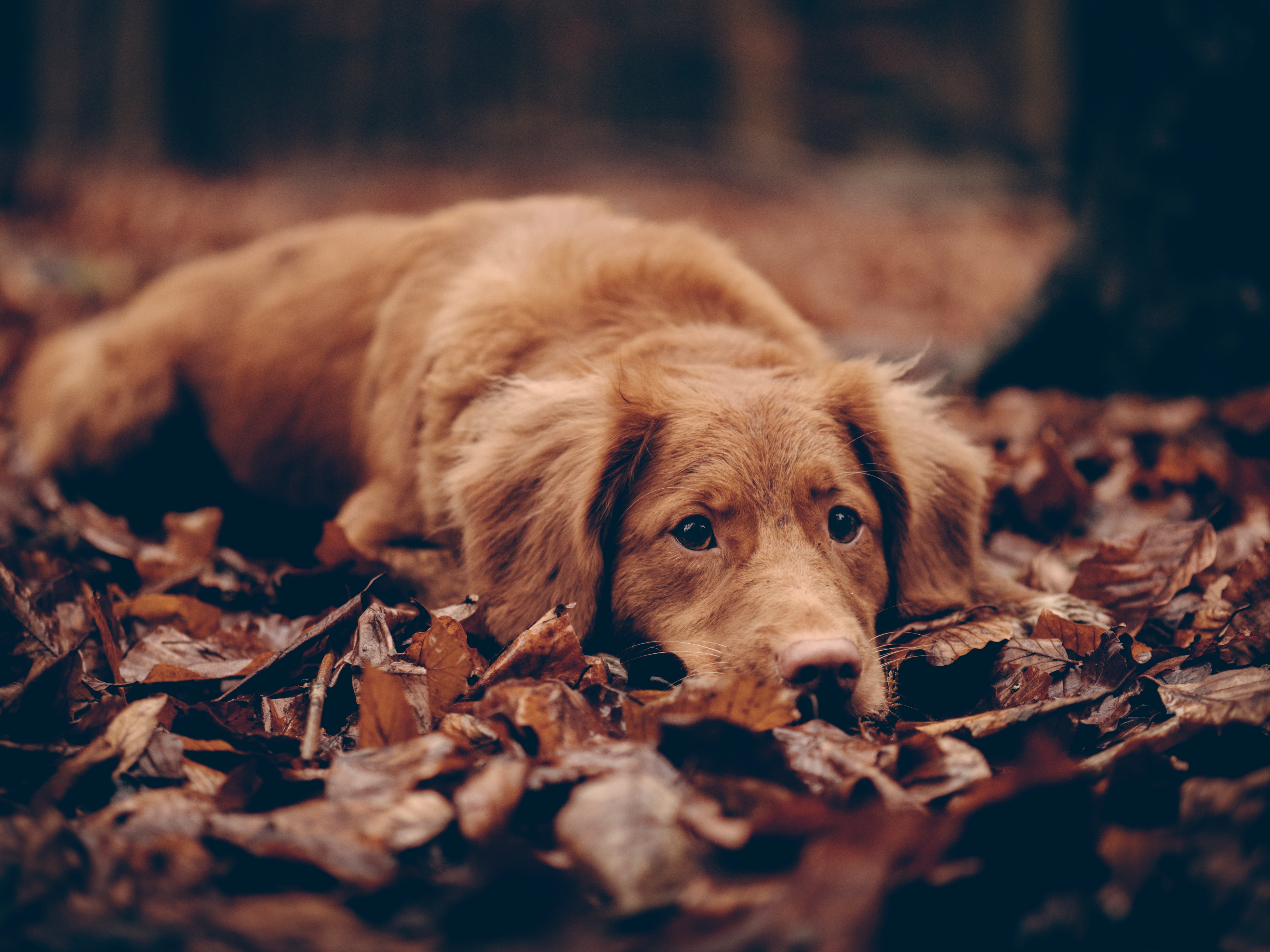
Getting Your Pet Ready for Autumn
Nothing beats a walk on a sunny day in October. The crisp cool air and the crunch of fallen leaves underfoot is magical for people and their pets. As the temperatures dip, sweaters are pulled from storage and socks and shoes replace sandals. Seasonal tweaks to our routine are made quickly and without thought. But what about our four-legged friends? Here’s a few ways to help your pet adjust.
Keep Yard Clean & Tidy
Ripe fruit, leaves, seeds and twigs can be harmful to your pets. Acorns, for example, contain tannins which can cause upset tummies, affect kidneys and in smaller dogs, block intestines. Autumn crocuses (not to be confused with spring crocuses that are non-toxic) can be extremely toxic to dogs and cats. Popular fall flower, the chrysanthemum is also considered to be a mild to moderately toxic plant for pets. Even the dried husk of a hydrangea flower, which can attract pets as it blows across your yard will make fido sick. Avoid any mishaps by keeping your yard tidy, and waste in secured containers.
Make Sure Bed is Cozy & Dry
Just like people, pets are susceptible to cold temperatures inside and outside the home. Whether they have hair or fur, short or long, they need a warm, dry bed inside where they can be comfy, cozy and safe. Increase the cozy factor by placing pet beds on carpet. Hardwood floors can get very cold at night, especially during the winter months. Outside, make sure you provide appropriate shelter from the elements. Taking it one step further, some short-haired dogs may even need a sweater in winter. Have fun with it!
Re-evaluate their Diet
If your pet spends a lot of time outdoors in the cooler months, they may need more calories to build up an extra layer of insulation. On the other hand, if the cold is forcing them indoors and they’re walking less, they may need less food. Consider your pet’s activity level and, of course, talk to your vet.
Brush Regularly
Did you know that our pets have winter and summer coats? It seems logical in spring that they shed their heavy winter coats to make way for a shorter, lighter one for summer. In the fall, this cycle is simply reversed. In October they shed to make room for a much warmer, winter coat. Help them out with a weekly brush or a trip to the groomer.
Keep Up with Flea and Tick Prevention
While the swarms of mosquitoes may have subsided, fall is not the time to stop your pet’s flea and tick medicine. Studies show that fleas were 70 percent higher at this time of year than in the spring. In fact, fleas and ticks can burrow under fallen leaves and gravitate towards the warmth of homes as the temperatures drop. Be vigilant! Avoid a flea and tick infestation by maintaining your dog’s flea and tick care until after snow falls.
Photo byJamie Street on Unsplash

